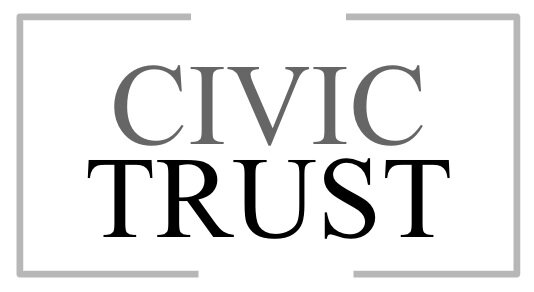What is PB?
Participatory Budgeting, or PB as it is commonly called, is about expanding the way we do democracy at the local level. It is a community engagement process that encourages citizens to participate in decision-making on how local officials allocate a portion of public funds.
Citizens participate by submitting proposals for projects they believe will benefit their communities, and then voting for the projects to receive funding. But PB is not only about giving “power to the people.”
If done well, PB can help build trust, improve understanding of local governance, increase civic participation, and strengthen ties within the community.
PB happens in a 3-phase process:
1 - Idea Collection
The public is asked to submit project ideas. These ideas must follow certain guidelines based on the type of budget being used. Different budgets have different restrictions ranging from permanent construction to funding nonprofits to improving transportation.
2 - Evaluation / Proposal Development
After the first phase, public officials review each of the submissions to make sure that it (1) follows the guidelines, and (2) fits within the budget. Each project that meets these simple criteria can be approved and given a price for the final phase. Those proposals which require tweaking can be developed further during this phase.
3 - The Vote
In the final phase, the public gets to vote! Any individual interested in participating is given a ballot and the opportunity to determine which projects they believe are most valuable to the community.
“Trust is a two way street. If your government does not trust you, how can you trust your government?”
A brief history of PB
PB is widely considered one of the most effective democratic improvements of the last few decades.
The process began in the 1980s in Porto Alegre, Brazil, a city with a population of 1.2 million at the time. The successful PB experiment in Porto Alegre led to more cities across the country creating their own PB initiatives. By 2001, more than 100 cities in Brazil had implemented a PB initiative.
PB initiatives have since taken place in cities all over the world. From Buenos Aires to New York to Seoul, PB is becoming a part of the way that cities engage with their population. After being honed in Brazil, the first PB took place in the United States in 2009 in Chicago, and soon after in New York in 2011. As of 2015, over 1,500 recorded PB initiatives have taken place on five continents.
Major cities like Paris, Madrid, New York, and Chicago sponsor PB initiatives that allocate budgets in the tens of millions of dollars (or euros). Similarly though, small cities also do PB, like Vallejo, California, with a population of 120,000 and budget of $1.6 million. There have even been PB initiatives in schools and colleges, with New York City implementing PB in all of their high schools.




